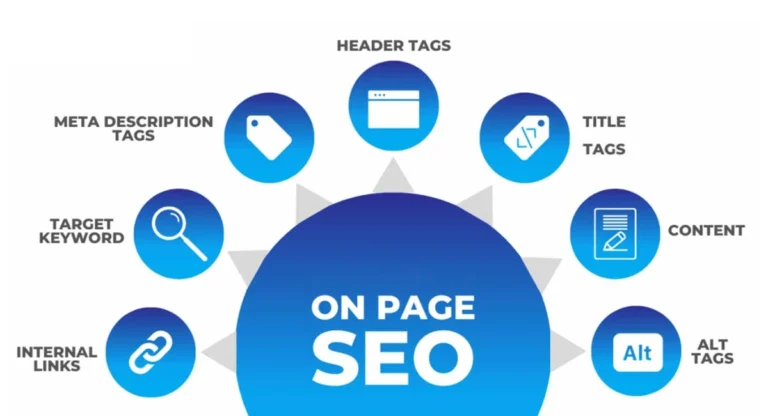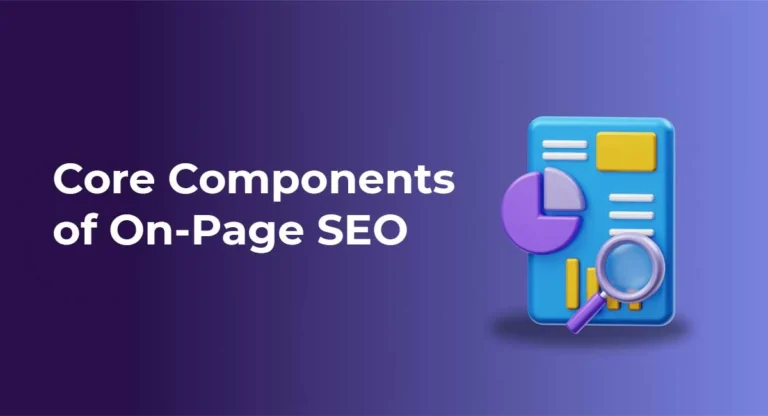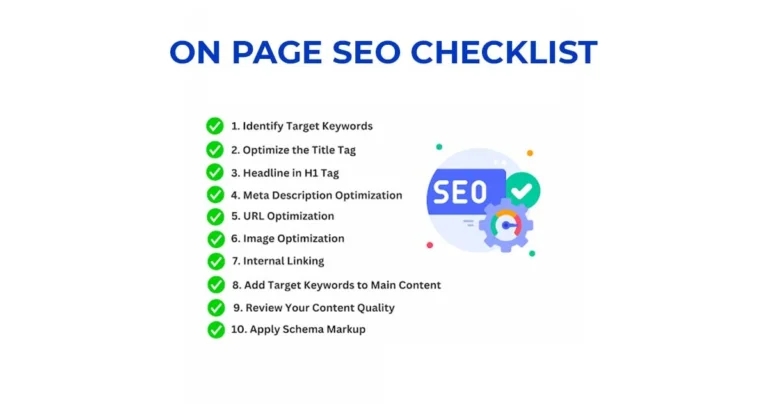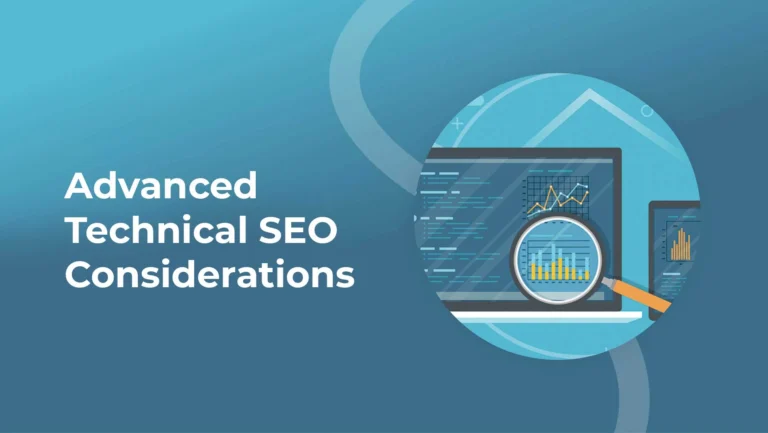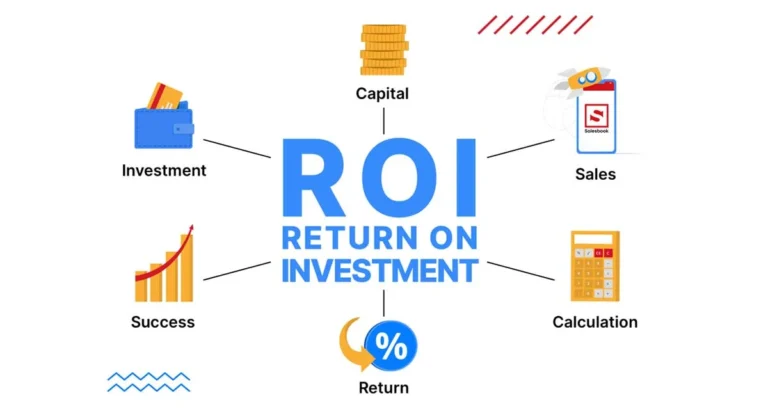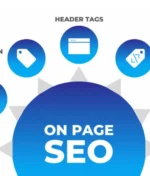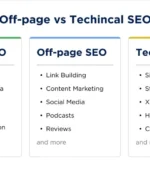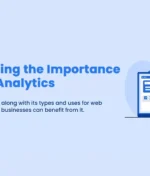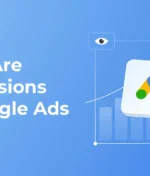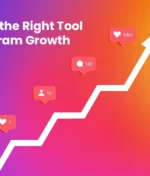On-page SEO is a fundamental aspect of any successful digital marketing strategy. By focusing on keyword optimization, content quality, technical elements, and user experience, you can enhance your website’s visibility, attract relevant traffic, and improve overall performance.
As search engines continue to evolve, staying updated with the latest trends and best practices is essential for maintaining and improving your search rankings. Regularly reviewing and optimizing your on-page SEO efforts will help you stay competitive and achieve long-term success in the digital landscape.
By applying the strategies and techniques outlined in this guide, you’ll be well-equipped to maximize the effectiveness of your on-page SEO and drive meaningful results for your website.



